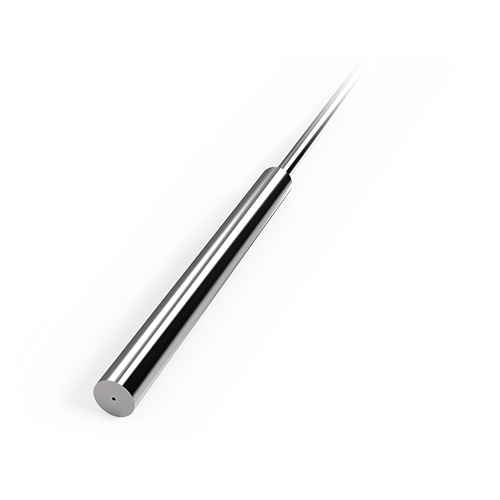Stainless Steel Tubing
Stainless steel is widely used for chromatography and is suitable for a broad range of applications. Its high mechanical strength makes it especially useful to withstand the pressure of HPLC and Ultra-HPLC.
VICI Jour offers SS tubing in 2 grades: Standard and Premium Grade SS tubing
The tolerances of premium Grade SS tubing are +/- 0.001 ‘’ (+/- 0.0025mm) for both OD and ID.
Except for OD 1/32’’ and 360micron with IDs 100micron and less, for these tubing the tolerances are +/- 0.010mm.
The tolerances of Standard SS tubing are +/- 0.002’’ (+/- 0.050mm) for both OD and ID.



































